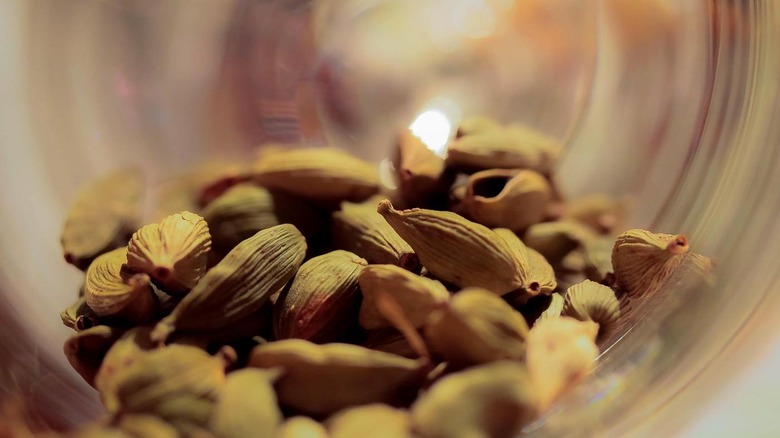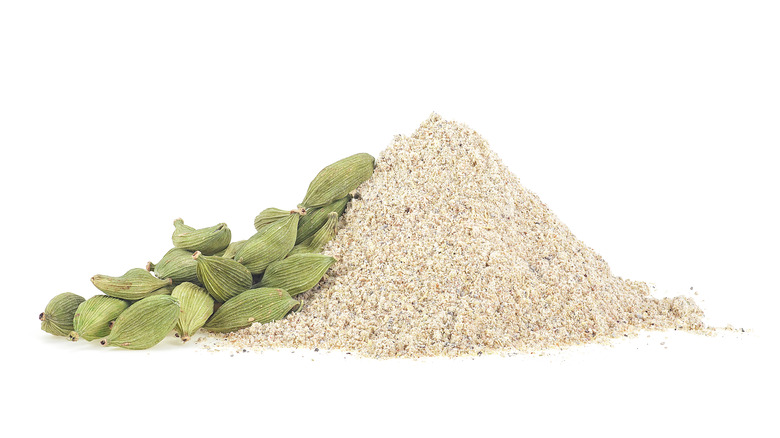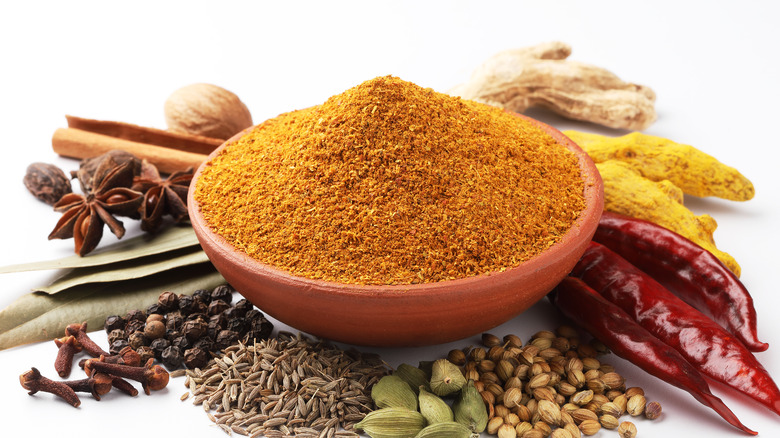How To Cook With Cardamom
It's known as the queen of spices for a reason
If your spice cabinet were a high school, cardamom would not only be voted most popular, it would also have played every sport, scored a 5 on its AP history exam and won a full scholarship to the college of its choice. In short, cardamom is the spice you want to be. Everyone fawns over its spicy, citrusy scent and its ability to make every dish taste infinitely more dramatic.
With a grand, over-the-top flavor (as well as its healing properties) that has earned it the title, queen of spices, there's no doubt cardamom—also written as cardamon or cardamum—is indeed kitchen royalty. Here's what makes it so desirable.
Flavor Profile
Cardamom comes in green, black and white—though technically the latter is the product of green cardamom bleached from light exposure—and can be purchased as seeds in pods or ground. Considering the discrepancies in color and texture, there's a natural flavor spectrum.
The taste commonly associated with cardamom is that of the green seed pods. Green cardamom is herbal with notes of pine, yet something about it whispers sweet. Black cardamom pods, which technically belong to the species Amomum subulatum (as opposed to green cardamom's Elettaria cardamomum), are larger and dark brown in color. With a smoked mint, almost menthol-like flavor, black cardamom is much more severe in taste than its fragrant green counterpart.
Pre-ground cardamom is handy in the spice cabinet, yet it can diminish in potency quickly, so buying and grinding the pods is the best way to harness the spice's full flavor. Plus, pods tend to be cheaper than ground cardamom.
What Can I Use It For?
Cardamom's deeply intense flavor and scent complements both sweet and savory dishes in a variety of cuisines. The seeds alone can be cracked or ground for use in cooking, or the whole pods can be thrown into a dish and removed before serving. However you plan to use cardamom, it's important to keep in mind that a little truly does go a long way: It will quickly overpower a dish if used too generously.
One of the important spices in traditional Indian cooking, cardamom is found in everything from spice blends for stews to masala chai. Though typically used in Middle Eastern and Asian cooking, cardamom has found a home in many varieties of Scandinavian sweet rolls and breads. It's also a guaranteed home run for jazzing up typical baked goods, like muffins and bars. Even the most basic pot of rice can become the star of a plate with cracked cardamom pods added to the water before boiling.
Cardamom is also used medicinally to aid digestive complications like bloating and gas. Due to their vaguely menthol-like quality, cardamom pods can be chewed like gum as a breath freshener as well.
Cardamom Substitutes
Like many unique spices, cardamom's deeply intense flavor is difficult to mimic with other seasoning combinations. Yet if a recipe calls for green cardamom, a blend of cinnamon, nutmeg, ginger and cloves is the best way to season the dish. Black cardamom is not a substitute for green cardamom, but green cardamom can be used to stand in for black—although the dish will lack the smoky notes for which black cardamom is known.


